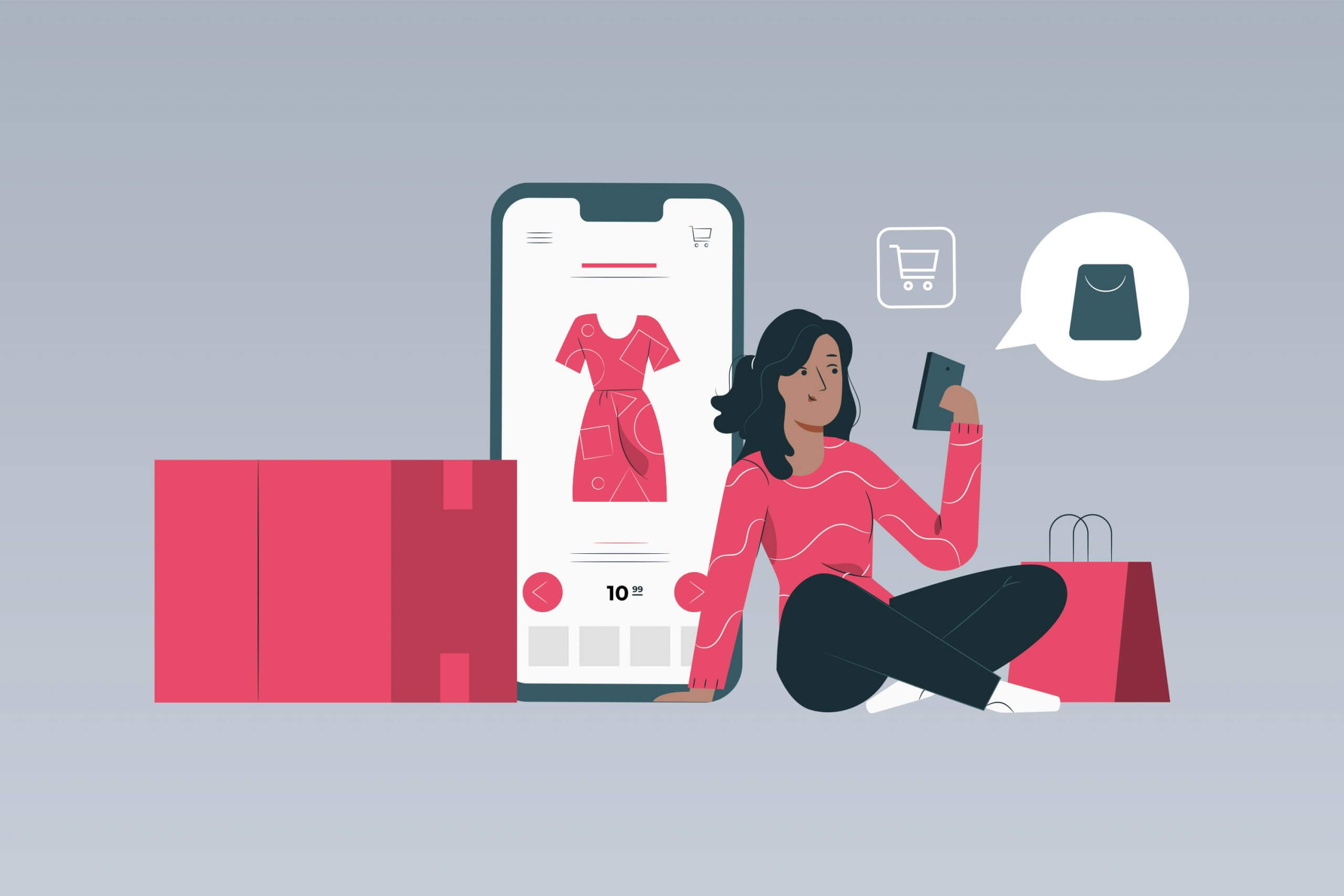The Covid-19 pandemic has forever changed how we go about achieving things — from how we live to the way we work. For businesses, this means a massive shift in marketing strategies.
Businesses have had to adapt how they run over the past year to keep themselves afloat during the economic downturn. However, if you thought that everything would go back to normal once Covid-19 has settled down, you would be wrong.
The pandemic has shown us the benefits of becoming digital, be it in the way we work, shop, or live. We are studying the impacts that we have faced due to the pandemic will teach us how better to develop a forward-looking marketing plan for the future. According to Google, these are the four permanent changes that the pandemic has brought about.
-
Consumer habits will change
It can’t be denied that the pandemic has been tough on everyone. With the economy in a recession, consumers are becoming extremely careful about what they spend on. As their income drops, they are less likely to spend on nonessential items.
Additionally, over the past year, Google has noticed an upward trend in consumer searches. Specifically, many were (and are still doing so) looking for online alternatives to staples in their life. For instance, when schools were shut down, search queries that included the phrase “online learning” went up by 400%.
Many consumers looked for “fitness apps” in place of gyms, a term that saw a 200% increase in its search query. Leisure activities were no different — searches with the phrase “with friends online” jumped by 300% year over year.
Such shifts in consumer behaviour saw brands focusing their efforts more than ever on real-time insights tracking. As everything becomes highly digitalised, more importance is placed on reacting and adapting to consumer behaviour changes. Brands would have to respond fast to any discovery and even develop appropriate strategies to make sure they continue thriving in these volatile times.
-
Virtual events are here to stay
If you did not catch the memo previously, here it is again — online activities and events saw a startling rise in the past year. Of course, since the pandemic forced everyone to stay indoors, virtual events only make sense for increase.
However, as things start to stabilise and the possibility of live events returning approaches, it does not necessarily mean that virtual events will no longer happen. Google predicts that many consumers have now developed the preference of attending events from their home comforts.
Your marketing strategies should pivot towards virtual events (if you haven’t already) as a business. That is not to say live events should be neglected — instead, it needs to be even more impressive to draw consumers back to them.
-
Online shopping is now the norm

Ecommerce was one area that prospered during the entirety of the pandemic. Some consumers even claimed that they shopped online for the first time due to the quarantine restrictions!
As a result, businesses had to turn to offer online services to cater to their consumers’ changing needs. Be it opening an online store, taking online orders, or offering local delivery. Brands were tested on how quickly they could adapt to such drastically different requirements from their consumers.
-
Working from home will continue

Consumer habits aren’t the only thing that brands need to take note of. Employee habits will affect them just as much, if not more. To be precise, many businesses will see employees continue to work from home even as quarantine restrictions are lifted.
The traditional in-office work model may no longer work in this new post-pandemic era. Even before the pandemic, many have expressed their desire to spend more time doing what they enjoy and less time on unnecessary things, such as commuting.
As workplace cultures begin to morph and shift, brands need to keep on their toes and find new methods that meet the basic needs of their employees while still being efficient as a company. Only then will the growth of the business be guaranteed.
So how can a brand successfully market itself after such a devastating pandemic?
For one, as the community is still coming back from the effects of the pandemic, brands should remember to be sensitive and careful in their marketing efforts. Avoid tone-deaf campaigns that seem to blatantly ignore the struggles that consumers themselves have faced during such challenging times.
BMW used a pandemic-related hashtag — #flattenthecurve — to promote their new i8 model in a company tweet. Such illogical insensitivity caused a backlash against the brand, with consumers criticising that buying a car does not help them solve anything in this pandemic. Similarly, Wix’s latest ad saw many consumers rise against the brand for insensitivity to the mental health issues that many faced due to the pandemic.
Even as the pandemic’s effects are starting to fade, brands need to continue their digital efforts. Whether it means offering free shipping and delivery, online discounts and gift cards or more, businesses would benefit from such digital strategies as consumers continue to shop online. Not to mention that this is the cheaper and less risky alternative!
What steps have you been taking as a brand to stay afloat during this pandemic? If you resonate with any of the points we’ve made, you are taking a step in the right direction when it comes to marketing your brand, be it pre- or post-pandemic. Now, you have to continue on this right track.





 Branding
Branding Digital Strategy
Digital Strategy PR & Communications
PR & Communications